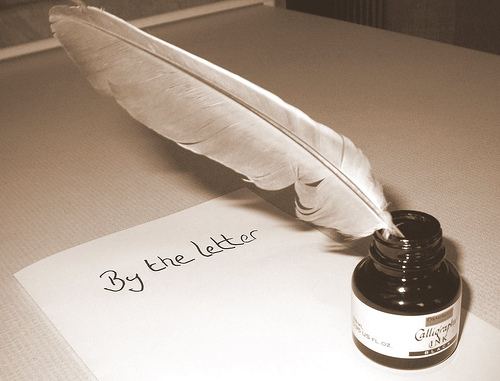Editing Services, Proofreading, and
Critiques - Author Charlotte Hughes Explains the Differences in Terms
Critiques
Critiques of manuscripts rarely involve much editing, and indeed any editing done as
part of a critique is a bonus provided on top of the critical analysis. The author may well
edit several lines or some dialogue to illustrate where some changes would be helpful, but critiques
look at more of a macro level: at how the work as a whole hangs together, and how the constituent parts of
the manuscript succeed or fail in their efforts. Most of the comments look at factors like point of
view, over writing, character development, conflict, foreshadowing, plotting, tone and pace.
As a published author with several New York Times best selling novels, in
several genres, Charlotte Hughes has an eye for what works. Her experience judging competitions and her
knowledge of the publishing industry make her uniquely situated to provide feedback.
Proofreading and Editing
 Proofreading is a term that is often confused with copy editing, but is
actually quite different. While copy editing (also known sometimes as line editing) looks at a manuscript in
greater depth, proofreading traditionally looks instead at galleys or page proofs, checking them against the
manuscript and picking up mistakes that got through the previous edit. Proofreading is a term that is often confused with copy editing, but is
actually quite different. While copy editing (also known sometimes as line editing) looks at a manuscript in
greater depth, proofreading traditionally looks instead at galleys or page proofs, checking them against the
manuscript and picking up mistakes that got through the previous edit.
Proofreading also look for spelling errors, typos and other obvious errors like punctuation.
Proofreading is done just prior to a manuscript being sent off, after the copy editor has done the deeper
editing, and well after the writer is satisfied with the content. The proofreader mostly acts as a second
set of eyes.
Copy editors have a tougher job, and are usually well versed in the various style manuals. They
often have degrees in English or considerable experience, and copy editors are paid better. In addition to the
things that a proofreader looks at, a copy editor is watching for factual errors, consistency and formatting.
Indeed, the copy editor is typically the one who develops the style sheet and addresses design issues just prior to
the printing and preparation of the galley.
Copy editing, or line editing, in addition to proofreading, looks at consistency of
style. If it's "South Carolina" in Chapter one, it should not be "SC" in Chapter three. Did you call the
aunt "Maggie" in Chapter two, but then "Millie" in Chapter six? Should that important meeting be on a
Friday in New York, but the protagonist is still in LA Friday morning? Your copy editor (hopefully) catches these
kinds of errors. Copy editors usually query the author about changes they make.
A full and formal edit can involve much more depth, and this type of heavy editing takes more time
and skill, and also typically costs more dearly. While not delving much into areas best left to critiques,
nevertheless the editor will improve the quality and flow of the work, and remove the redundancies and the
overwriting. This type of editor might boldly make some changes in the context could impact the overall
meaning, if it enhances the manuscript. Sentences and even whole paragraphs can be deleted, and legal
considerations, good taste, and confusion are all considered. Tone, structure, and character are often addressed.
While this type of editor is not expected to attend to the details a copy editor does, the good
editors usually note these problems when they see them as well.
Email:
| 
